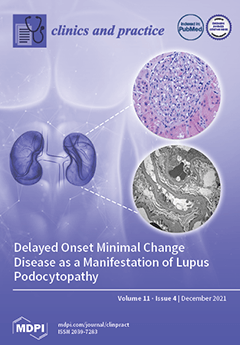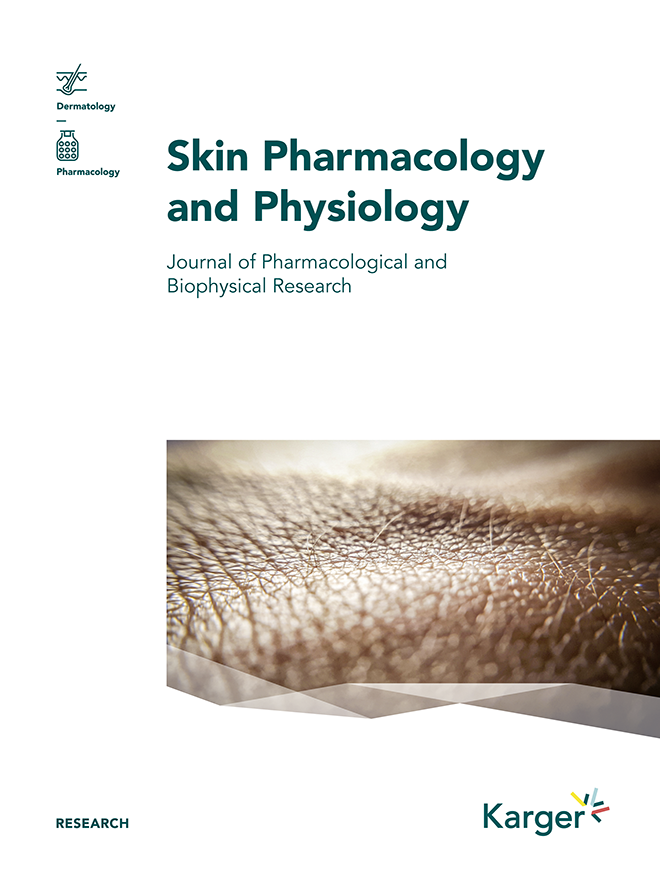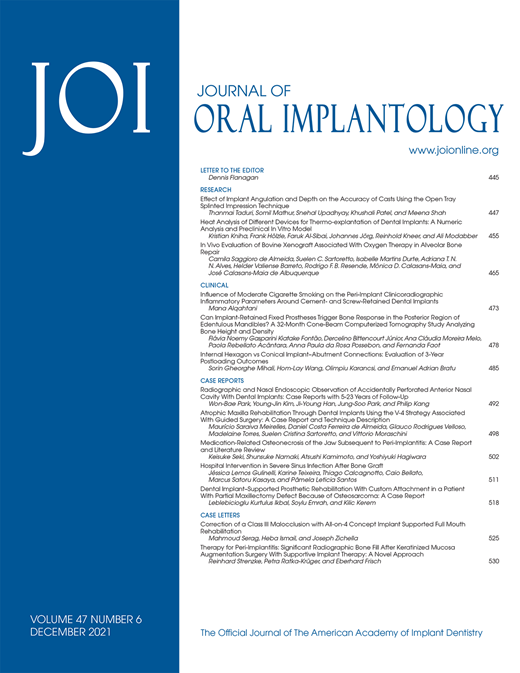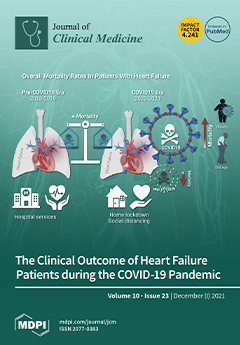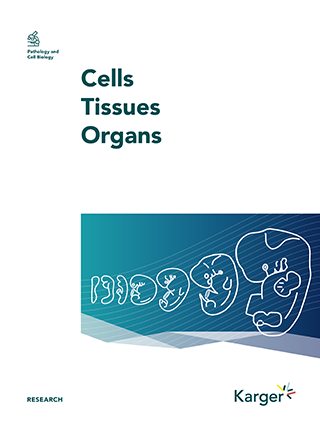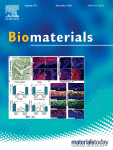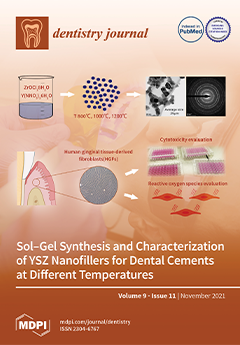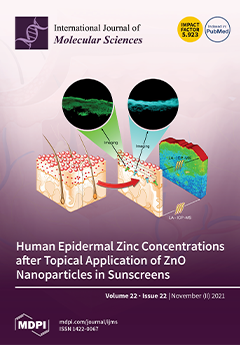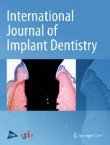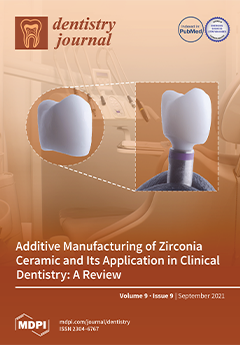- Autor:
- Eduardo Anitua
- Ronald M Sánchez-Ávila
- Carlos A Robayo-Esper
- Eva Villota-Deleu
- Álvaro Fernández-Vega Sanz
- Álvaro Fernández-Vega González
- Borja de la Sen-Corcuera
- Jesús Merayo-Lloves
Plasma Rich in Growth Factors in Macular Hole Surgery
The aim of this study was to evaluate the use of PRGF (plasma rich in growth factors) as an adjuvant to PPV (pars plana vitrectomy) in recurrent, persistent, or poor prognosis MH (macular hole). Patients with MH were treated with PPV plus adjuvant therapy (PRGF membrane (mPRGF) and injectable liquid PRGF (iPRGF)).
- Autor:
- Eduardo Anitua
- Ander Pino
- Victoria Muñoz
- Libe Aspe
- Roberto Tierno
- Adrian García-Salvador
- Felipe Goñi-de-Cerio
In vitro and in vivo Effect of Platelet-Rich Plasma-Based Autologous Topical Serum on Cutaneous Wound Healing
Skin injury and wound healing is an inevitable event during lifetime. However, several complications may hamper the regeneration of the cutaneous tissue and lead to a chronic profile that prolongs patient recovery. Platelet-rich plasma is rising as an effective and safe alternative to the management of wounds
- Autor:
- Eduardo Anitua
- Aintzane Torre
- Mohammad H. Alkhraisat
- Asier Eguia
- Laura Piñas
- Beatriz Anitua
Dental implants survival after nasal floor elevation: a systematic review
The aim of this work is to assess the clinical outcomes of implants placed after a nasal floor elevation procedure
- Autor:
- Eduardo Anitua
- Gorka Orive
- Miriam Idoipe
- Borja de la Sen-Corcuera
- Ronald M Sánchez-Ávila
- Carmen Sánchez-Pérez
- María Satué
- Antonio Sánchez-Pérez
- Francisco Muruzabal
- Luis Pablo
Membrane of Plasma Rich in Growth Factors in Primary Pterygium Surgery Compared to Amniotic Membrane Transplantation and Conjunctival Autograft
This prospective and comparative study aimed to compare the use of a conjunctival autograft (CAG), plasma rich in growth factors fibrin membrane (mPRGF) or amniotic membrane transplantation (AMT) in primary pterygium surgery.
- Autor:
- Eduardo Anitua
- Mohammad H. Alkhraisat
- María Troya
- Roberto Tierno
- Mar Zalduendo
The Effectiveness of Platelet-Rich Plasma as a Carrier of Stem Cells in Tissue Regeneration: A Systematic Review of Pre-Clinical Research
Fibrin, as a physiological scaffold, presents many advantages compared to synthetic materials, such as controllable degradation, non-toxic byproducts, and excellent biocompatibility. The use of stem cells along with the biomimicking scaffolds and signalling factors would complete the triad of the tissue engineering approach
- Autor:
- Eduardo Anitua
- Sabino Padilla
- Alan T Nurden
- Roberto Prado
- Paquita Nurden
Healing through the lens of immunothrombosis: Biology-inspired, evolution-tailored, and human-engineered biomimetic therapies
Evolution, from invertebrates to mammals, has yielded and shaped immunoclotting as a defense and repair response against trauma and infection. This mosaic of immediate and local wound-sealing and pathogen-killing mechanisms results in survival, restoration of homeostasis, and tissue repair.
Oral Pemphigoid Recalcitrant Lesion Treated with PRGF Infiltration. Case Report
Mucous membrane pemphigoid (MMP) is a heterogeneous group of chronic autoimmune subepithelial blistering diseases. Oral involvement is present in almost all patients, may represent the onset of the disease, and causes different degrees of pain, dysphagia, soreness, and bleeding. Treatment is based on systemic and/or oral corticoids, or other immunosuppressants. Occasionally, oral lesions can show a poor response to standard treatments.
- Autor:
- Eduardo Anitua
- Ander Pino
- Francisco Muruzabal
- Roberto Prado
- Mikel Azkargorta
- Felix Elortza
- Jesús Merayo-Lloves
Proteomic Characterization of Plasma Rich in Growth Factors and Undiluted Autologous Serum
Over the last three decades, there has been special interest in developing drugs that mimic the characteristics of natural tears for use it in the treatment of several ocular surface disorders. Interestingly, the composition of blood plasma is very similar to tears. Therefore, different blood-derived products like autologous serum (AS) and plasma rich in growth factors (PRGF) have been developed for the treatment of diverse ocular pathologies.
- Autor:
- Eduardo Anitua
- Mohammad H. Alkhraisat
- Asier Eguia
- Adriana Montalvillo
Clinical outcomes of dental implants placed in the same region where previous implants failed due to peri-implantitis: a retrospective study
The application of the counter-torque technique has been proposed as a conservative and atraumatic alternative for the explantation of nonmobile dental implants. The objective of this report is to assess the performance of this technique in a large number of patients.
- Autor:
- Eduardo Anitua
- Naiara Larrazabal Saez de Ibarra
- Iñigo Morales Martín
- Luis Saracho Rotaeche
Influence of Dental Implant Diameter and Bone Quality on the Biomechanics of Single-Crown Restoration. A Finite Element Analysis
Success of an implant-supported prosthesis is highly dependent on implant diameter and bone quality. The objective of this study is to assess these two variables under axial or 30° angulated loading.

 English
English
 Français
Français
 Italiano
Italiano
 Português
Português

